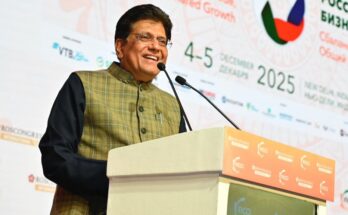New Delhi: A Google Doodle on Sunday celebrated the achievements of Scottish scientist Mary Somerville who “revolutionised the existing understanding of the solar system” in the 19th century.
Somerville was also a great advocate for equal rights and the first person to sign the 1866 women’s suffrage petition put before the UK Parliament.
“On this day in 1826, one of Somerville’s experimental physics papers was read by the Royal Society of London, the UK’s National Science Academy. It became the first paper by a female author to be published in the prestigious Philosophical Transactions, the world’s oldest science publication, which is still active today,” Google said.
Born into a family of humble means in Scotland’s Jedburgh on December 26, 1790, Sommerville spent her early years helping her mother with chores around the house and enjoying nature in the family garden.
At the age of 10, her father decided to send her to a boarding school for a proper education.
It was at boarding school that her art teacher explained how the fundamentals of painting could be traced back to Euclid’s Elements of Geometry.
After acquiring a copy of the classic book, Somerville delved into teaching herself astronomy and mathematics.
In 1831, Somerville’s “The Mechanism of the Heavens” revolutionised the existing understanding of the solar system, Google said.
This essay laid the groundwork for her breakthrough book, “The Connection of the Physical Sciences” (1834), which became among the best selling science books of the 19th century.
Its third edition in 1836 provided the clues astronomer John Couch Adams needed to discover Neptune.
In Connection, Somerville revealed the underlying links between the different disciplines of physical science, on which a reviewer of the book first coined the word “scientist” to describe this multidisciplinary approach.
In 2016, the Institute of Physics celebrated Sommerville’s innovative thinking, which paved the way for the ever-increasing number of women in STEM fields, by introducing the Mary Somerville Medal and Prize for scientists who engage the public through the body of their work.




